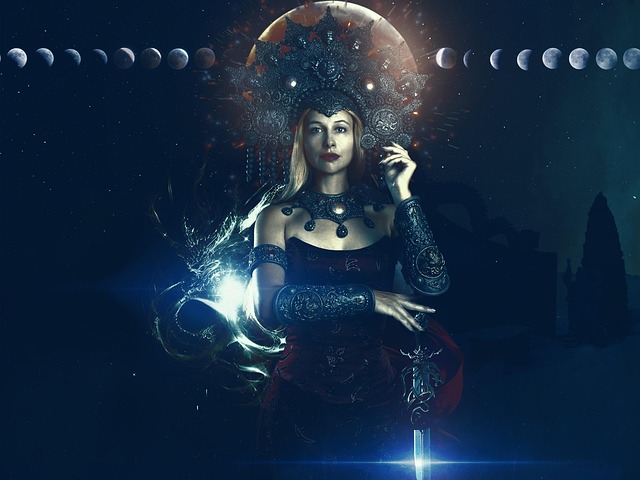In the space between sleep and waking, there exists a world untouched by logic but consumed by longing. “The Damgo: Dreams Beyond Desire” ventures deep into this ethereal limbo—a place where fantasy is unfiltered, and desire speaks louder than reality.
The word “Damgo”—meaning dream in Visayan dialect—serves as both title and key. This is not just a tale of eroticism, but a layered exploration of memory, loss, and awakening lust woven seamlessly into dream logic. The protagonist, Kaito, is an artist haunted by visions of a woman named Ayame—seductive, sorrowful, and seemingly born from another time. Each night she appears in his dreams, their encounters becoming increasingly intimate, and emotionally charged.
But these dreams are more than fantasy. They begin to leave traces in his waking world—her voice in the wind, her scent in his studio, unfinished sketches of her form on his canvas. As Kaito digs deeper into the mystery of Ayame, he uncovers a buried legend: a woman who once lived, loved, and died in agony—her soul trapped in Damgo, the realm of forgotten desires.
What sets “The Damgo: Dreams Beyond Desire” apart from typical adult storytelling is its poetic atmosphere. It’s not about raw scenes of pleasure alone—it’s about the tension between forbidden yearning and unspoken connection. The art style (if animated or visualized) would reflect this mood: soft edges, shifting dreamscapes, and a palette of moonlight, firelight, and skin tones that feel alive with emotion.
At its heart, The Damgo is a tragic romance told through sensual metaphors. It asks the question: What happens when our desires remember more than we do? In this narrative, intimacy is not just physical—it’s psychic, spiritual, and devastatingly beautiful.
Whether you read it, watch it, or dream it, “The Damgo: Dreams Beyond Desire” stays with you. Like a touch you weren’t sure was real… but will never forget.






